Brother MFC-J4510DW Manual
Læs gratis den danske manual til Brother MFC-J4510DW (89 sider) i kategorien Printer. Denne vejledning er vurderet som hjælpsom af 51 personer og har en gennemsnitlig bedømmelse på 5.0 stjerner ud af 26 anmeldelser.
Har du et spørgsmål om Brother MFC-J4510DW, eller vil du spørge andre brugere om produktet?

Produkt Specifikationer
| Mærke: | Brother |
| Kategori: | Printer |
| Model: | MFC-J4510DW |
Har du brug for hjælp?
Hvis du har brug for hjælp til Brother MFC-J4510DW stil et spørgsmål nedenfor, og andre brugere vil svare dig
Printer Brother Manualer

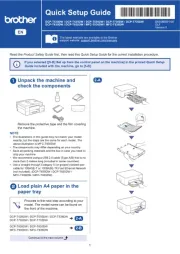
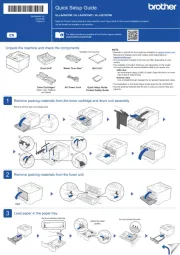
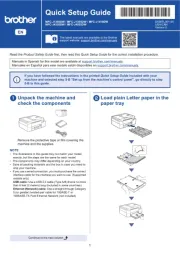
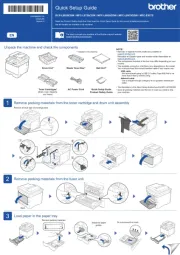
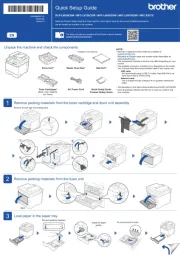
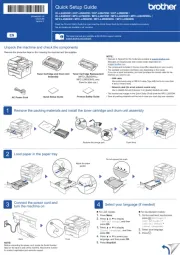
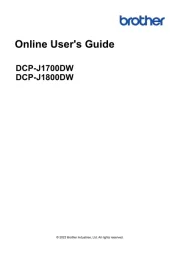
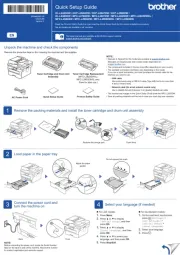
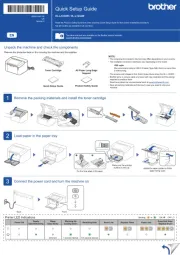
Printer Manualer
- Dell
- Zebra
- SATO
- Xerox
- Toshiba
- Posiflex
- Star Micronics
- CUSTOM
- Ultimaker
- Microboards
- Elite Screens
- Dymo
- Tally Dascom
- Kodak
- Mount-It!
Nyeste Printer Manualer









